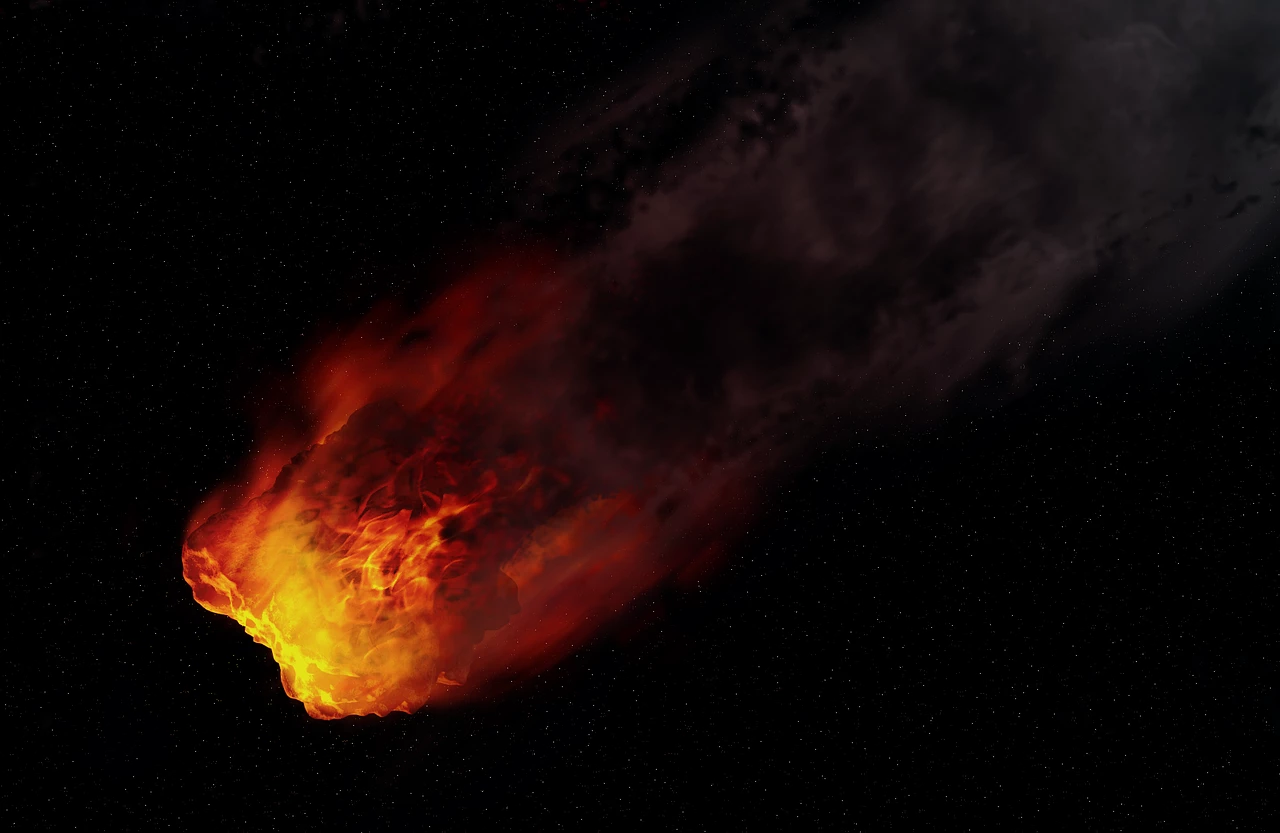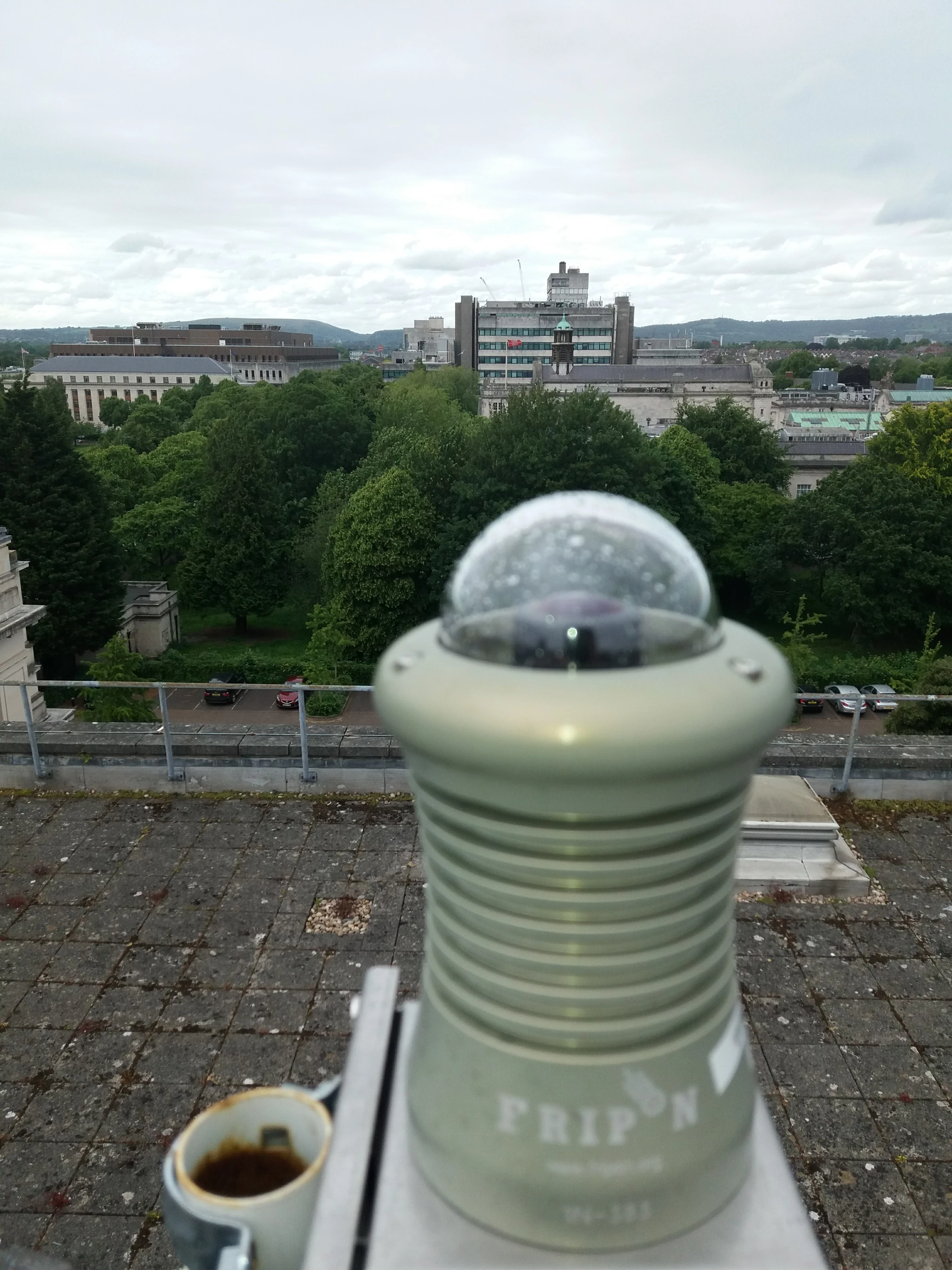Great Balls of Fire!
, 9 March 2021
Have you seen the footage of a meteorite fire ball passing through our atmosphere on 28 February? Our team have been working to help scientists find where it made landfall in Gloucester: on a suburban driveway! Since 2019, Amgueddfa Cymru National Museum Wales has been part of the SCAMP (System of Asteroid and Meteorite Paths) UK network, part of UK Fireball Alliance which spots, tracks and helps to locate meteorite falls. Jana Horak our Head of Mineralogy & Petrology explains how and invites you to join her and some of her curatorial colleagues for a behind the scenes, online tour of our meteorite collection during our Amazing Astrology weekend 20-21 March.
Every year curators in the Museum examine, numerous samples of possible meteorites, found by the public. Scientists estimate that around 44,000 kilograms of rock fall from space and land on Earth every day, this may sound a lot, but this equates to a cube just 2.3 meters across. Within the UK alone, it is estimated that 10-20 meteorites a year reach the ground, although the last one to be found was in Cambridgeshire in 1991. In Wales, just two meteorites have been collected to date, as both fell close (or through!) human habitation, both in North Wales. Look at our Mineralogy of Wales pages for more information.
But if we don’t see a meteorite fall, how do we know where to look for them? In arid regions, such as the Sahara Desert, the dark outer layer of a meteorite contrasts with the paler stony desert surface, making the meteorite relatively easy to spot. In Wales, however, our temperate climate produces a well-developed soil and vegetation cover, so a falling stone is easily lost.
The SCAMP camera on the Museum Roof in Cardiff, which records fireball activity, It recorded the Gloucester fireball (28th February 2021) and has contributed to helping to find samples.
Since we have had the camera installed, we have recorded several fireballs, but only two are calculated to have resulted in a meteorite fall. The first, near Salisbury in November 2020, was considered too small to attempt to recover, but the recent larger one near Gloucester (28th February 2021) will be a test of the system, as it is estimated to include a piece about the size of an orange. Should you encounter a recently fallen meteorite it is best to wrap it in some clean aluminium foil or place it in a bag without handling it. It is really important not to test it with a magnet as this may destroy valuable information. You can make contact with us here at the Museum to confirm anything you find.
A sample of the Chelyabinsk meteorite which fell in the Russian Federation in February 2013.
The most common specimens we see which might be confused with a meteorite are; hematite, particularly where it has a smooth bulbous form, marcasite nodules from the Chalk of the southern England, and samples of slag, a product of Wales’ industrial past. Slag commonly has rounded gas bubble cavities on the surface, something that is uncommon or absent from meteorite fusion crusts.
If you think you have found a meteorite contact the Department of Natural Sciences
Amazing Astronomy, 20 - 21 March 2021



